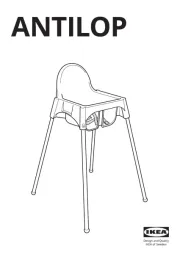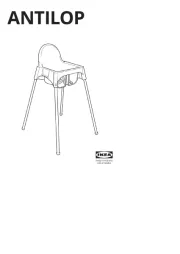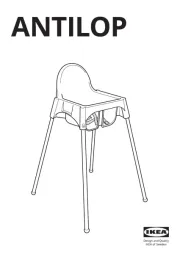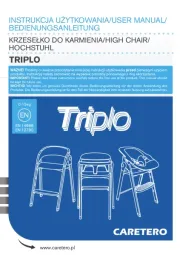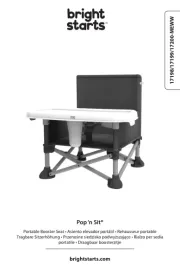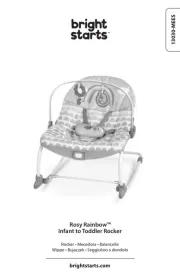Chicco Pocket Snack Manual
Læs gratis den danske manual til Chicco Pocket Snack (11 sider) i kategorien Høj stol. Denne vejledning er vurderet som hjælpsom af 10 personer og har en gennemsnitlig bedømmelse på 4.5 stjerner ud af 5.5 anmeldelser.
Har du et spørgsmål om Chicco Pocket Snack, eller vil du spørge andre brugere om produktet?

Produkt Specifikationer
| Mærke: | Chicco |
| Kategori: | Høj stol |
| Model: | Pocket Snack |
Har du brug for hjælp?
Hvis du har brug for hjælp til Chicco Pocket Snack stil et spørgsmål nedenfor, og andre brugere vil svare dig
Høj stol Chicco Manualer







Høj stol Manualer
- Hauck
- Peg-Pérego
- Summer Infant
- TikkTokk
- AXI
- Neno
- Prenatal
- Graco
- Vtech
- Bright Starts
- Phil And Teds
- Bloom
- Chipolino
- OKBABY
- Brevi
Nyeste Høj stol Manualer
